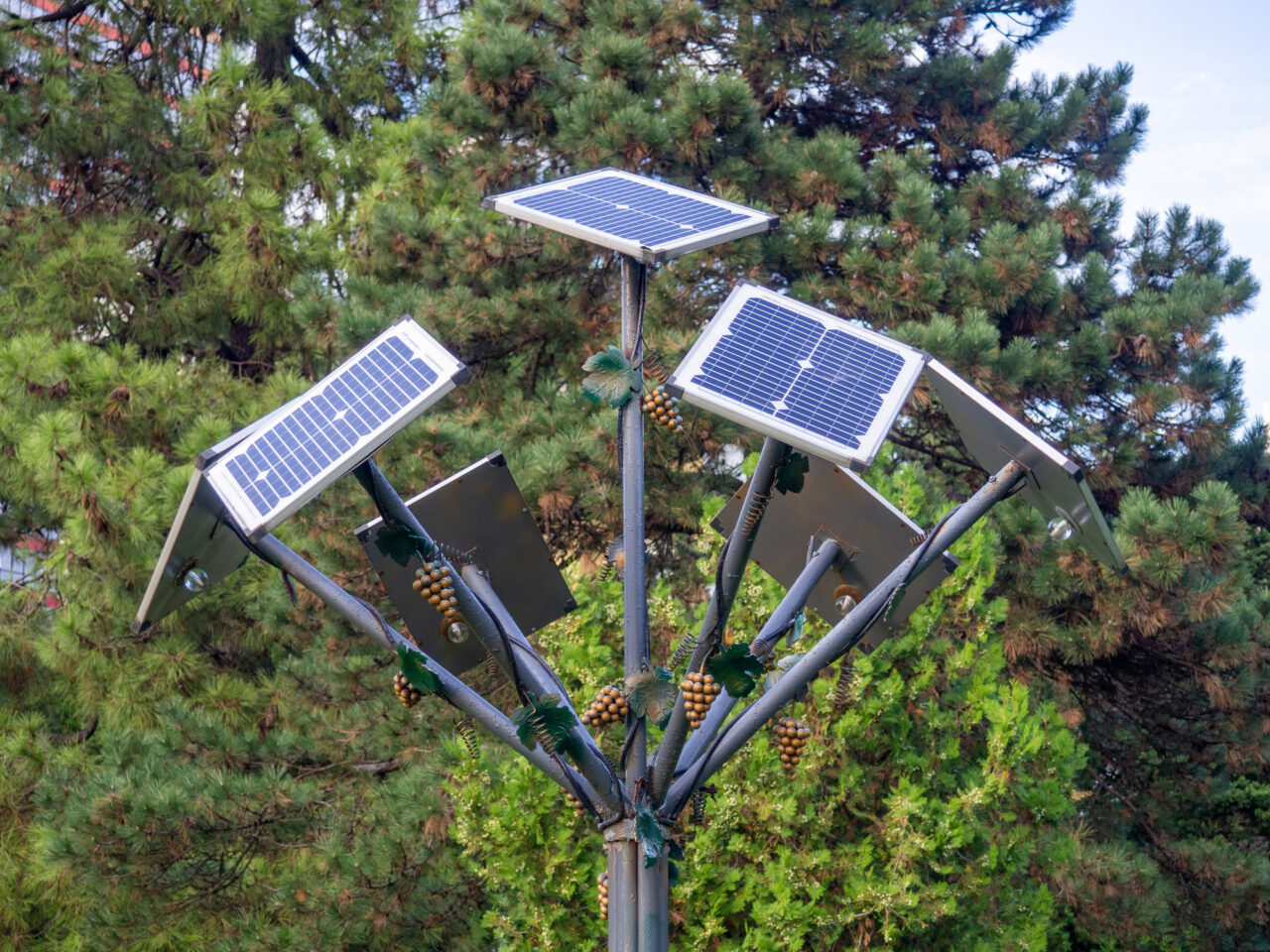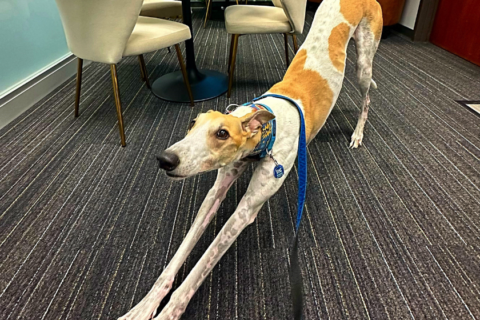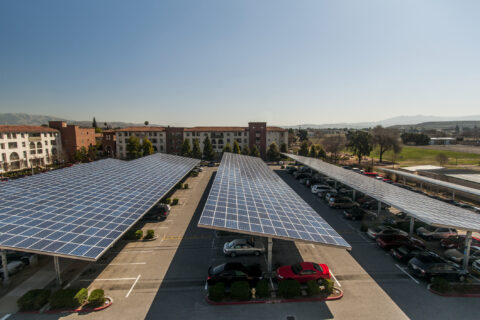By Josh Thomas, Flock Safety Senior Vice President of Policy and Communications
City leaders across the country are painfully aware that gun violence is a pervasive issue that their communities grapple with every day. 1 in 7 Americans live near a recent gun-based homicide, up from 1 in 9 pre-pandemic.
Hundreds of cities have deployed gunshot detection systems as one solution to address this problem. However, legacy systems often fall short due to delayed alerting, lack of precise location data, and insufficient contextual evidence.
Enter a better solution: integrated AI-powered audio detection sensors layered with License Plate Recognition (LPR) and video technology to enhance their crime-solving capabilities while also addressing privacy and civil liberties concerns.
The Power of Audio Detection
New AI-powered audio detection systems, like Flock Safety Raven®, leverage machine learning to identify gunshots with over 90% accuracy. It provides real-time alerts within 60 seconds, pinpointing the incident location within 90 feet. This is significantly quicker than relying on citizens to call 911, ensuring that police can secure the scene, preserve evidence, and assist victims.
In Albany, Georgia, a city of about 70,000 in population, an installation of the Raven system led to a 30% increase in the number of gunshots reported accurately.
Very often in these cases, “officers are responding to gunfire detection before the phone call happens.”
– Albany Ward 4 Commissioner Chad Warbington in a media interview.
Using LPR and Video for Increased Situational Awareness and Evidence
Audio detection is helpful, but not sufficient to provide a picture of a crime scene. Rather than roll out audio detection in a vacuum, city leaders are choosing systems that pair with other enhanced technologies, like LPR and video cameras.
Imagine a real-life scenario: a gunshot is detected by an audio sensor and officers converge on the scene. Meanwhile, Flock Safety Falcon® LPR cameras in the vicinity collect an image showing a vehicle involved in the drive-by shooting. Detectives enter the license plate into their LPR system, thereby triggering additional alerts when that vehicle passes another camera.
Video cameras show the vehicle pulling into a gas station, at which point officers enter the scene and safely apprehend the suspect.
As evidenced by the above example, pulling evidence into one unified, connected platform is necessary to truly address crime.
Considerations: Privacy, Civil Liberties, and Equity

While the benefits of these technologies are clear, it is vital to address legitimate privacy concerns. Both audio detection and LPR/video systems must be implemented with safeguards to protect individual rights. Data must be stored securely, only accessible by authorized personnel, and governed by transparent policies.
City leaders also want to ensure this technology is deployed equitably. Despite its widespread prevalence, more than half of all gun homicides still occur in neighborhoods where just 6 percent of Americans live — neighborhoods impacted by historical divestment and concentrated poverty.
City leaders can look to the example of Sheriff John Allen in Bernalillo County, New Mexico, the state’s most-populous county, which houses its capital, Albuquerque. In a press conference describing the rollout of the Flock Safety Raven® system, Sheriff Allen explained how they used crime trends and police report data to deploy the sensors where they are most needed.
That included some lower-income areas, but it also included the wealthier Paradise Hills neighborhood of metro Albuquerque.
Given the Flock Safety Raven® system’s low cost, roughly one-third that of legacy gunshot detection, cities can deploy over larger areas – democratizing safety and avoiding selective enforcement.
The Safer City of the Future
Audio detection systems are a valuable tool to alert officers of gun violence and help save lives when time is of the essence. But these systems alone are not a panacea. Layering audio detection with objective LPR and video evidence empowers law enforcement to respond more effectively, gain a full picture of an active crime scene, and solve crimes faster. For city leaders, investing in these technologies is a strategic move towards building a safe, sustainable, inclusive community for all.
Reimagining Public Safety Impact Updates
Check out NLC’s latest resource designed to help municipalities to create safe, equitable communities for all.









